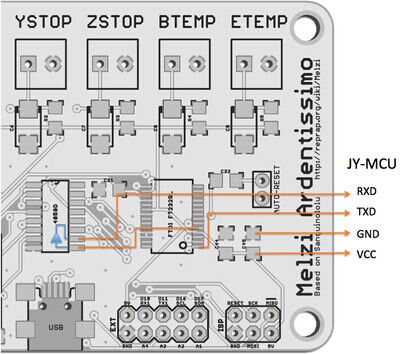Servo Controller

Servo motors are great devices that can turn to a specified position.Usually, they have a servo arm that can turn 180 degrees. Using the Arduino, we can tell a servo to go to a specified position and it will go there. As simple as that!Servo motors were first used in the Remote Control (RC) world, usually to control the steering of RC cars or the flaps on a RC plane.
With time, they found their uses in robotics, automation, and of course, the Arduino world.Here we will see how to connect a servo motor and then how to turn it to different positions. Following are the steps to connect a servo motor to the Arduino:. The servo motor has a female connector with three pins. The darkest or even black one is usually the ground. Connect this to the Arduino GND. Connect the power cable that in all standards should be red to 5V on the Arduino.
Motor city online emulator. Connect the remaining line on the servo connector to a digital pin on the Arduino. I recommend!
Rebel galaxy hammerhead build. IGN's Rebel Galaxy complete strategy guide and walkthrough will lead you through every step of Rebel Galaxy from the title screen to the final credits, including every collectible location, boss.
You not connect directly the servo motor to arduino. I suggest you use external power to the servo.SG90 Mini RC servo motors can be used. This can damage the Arduino MG996 instant high torque. MG996 Stall Torque: 9.4kg / cm (4.8V) - 11 kg / cm (6.0V) and Operating voltage: 4.8 6.6v. I wanted to tell in this tutorial; connections, code generation and motor control.
Servo Controller boards are used to interface RC servo motors and RC linear actuators to your computer. A position is chosen in your program, which is sent to. Our compact Servo Controller is another Mark Schutzer design. The controller provides all of the electronics required to control one servo, such as the popular SG90. Servos are ideal for applications where precise positioning of the end of travel is required and their small size and the variety of linkage hardware for them (from the R/C community) makes them well suited for installations in tight spaces.
So I did not give more details about the engine.